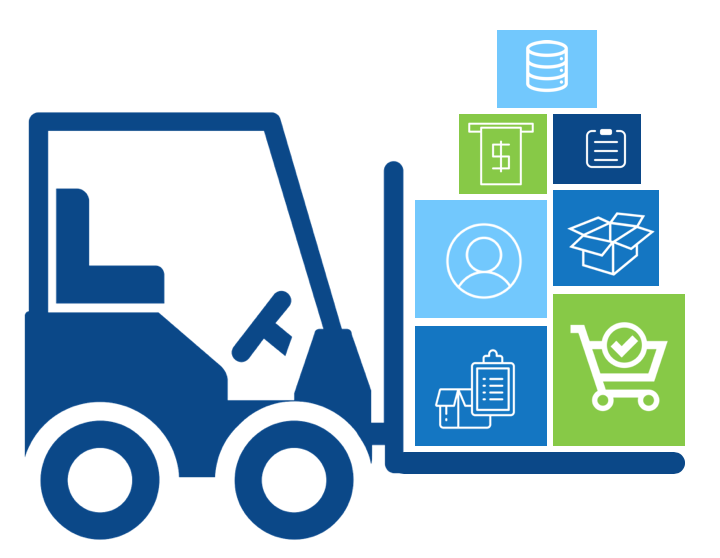
If your company doesn’t utilize one of the big cloud providers for either IaaS or PaaS as part of product infrastructure, it's only a matter of time. We often find our clients in situations where they are pressured to move quickly for benefit-realization to improve many aspects of their business.
Drivers of this trend that exist across our client base and the industry include:
- The Need For Speed and Time To Market: The need to scale capacity quickly without waiting weeks or months for hardware procurement and provisioning in your own datacenter or colo.
- Traditional On-Prem Software Dying by 1000 Cuts: Demand-side (buyer) forces are encouraging companies to get services and software out of data centers. Cloud-native SaaS competition is pressuring what’s left of the on-prem software providers.
- Legacy Company Talent Challenges: The inability of the old economy companies to hire engineering talent to support on-prem software in house.
Several different approaches can be used for migration. We’ve seen many of them and there are two on opposite ends of the spectrum – Lift and Shift and Cloud-Native – that we want to unpack.
The Lift and Shift Approach:
What is it?

Put simply, this is when the same architecture, resources, and services from an on-prem or colo data center are moved up into a cloud provider. Often VMs from on-prem hosting centers are converted and dropped into reserved virtual compute instances. Tools such as AWS Connector for vCenter or GCP’s Velostrata, in theory, allow for an easy transition.
Pros
- Fastest path to cloud
- Same architecture and tech stack minimizes training need – infrastructure management does require knowledge of the console
- Least costly in terms of planning, architecture changes, refactoring
Cons
- Monolithic nature of the architecture can prove to be costly thru BYOL and compute requirements
- Minimal use of native elasticity and resources create cost-inefficient use of compute, memory, and storage and may not perform as needed
- Technical debt migrates with the product and cost could be magnified with additional problems and a shift to the pay for use model
While Lift and Shift seems to be the easiest path, you need to be aware of the strong potential for an increase in cost in the cloud. Running VMs in your own DC and colo masks the cost inefficiencies since they are all part of Capex for your compute, storage, and network. When you move to public cloud the provider will promise to be cheaper. But in the cloud you will pay for every reserved CPU that isn’t utilized, storage that isn’t used, and other idle resources. Further, your availability can only be as good as the provider's uptime for a given Region and/or Availability Zone.
Cloud Native Approach:
What is it?

Cloud-Native approach ultimately allows for the use of a provider’s cloud services as long as there are requests and demand being created by product users. This approach almost always requires investment into splitting the monolith and moving to a services-separated architecture. In addition, it could require you to use native services in your provider of choice. Doing so lets you move from paying for provisioned infrastructure to consumption-based services with better cost-efficiency.
Pros
- Less time needed to manage infrastructure and more time for features and experimentation
- Easier to scale out using native services
- Most cost-efficient
Cons
- Slowest path to cloud
- More discovery and training - this approach requires your teams to understand the current tech stack in order to recreate them in cloud. From a cloud perspective they must understand how the provider of choice works so that decisions can be made on native services.
- Increased risk of vendor lock-in (eg. Building out event-driven services with rules inside of native serverless)
The Cloud Native path is a longer one, but provides several benefits that will yield more value over time. With this approach you must spend time determining how to split up your monolith and how to best leverage the right combination of Availability Zones, Regions, and use of native services depending on your Recovery Time Objective (RTO) and Recovery Point Objectives (RPO). We prefer to solve scalability and availability problems with systems and software architecture to avoid vendor lock-in. All of the trade-offs on such a journey must be understood.
We have helped several companies of various sizes move to the cloud going thru SaaS transformations and have engaged in reviewing proposed architectures. Contact us to see how we can help.